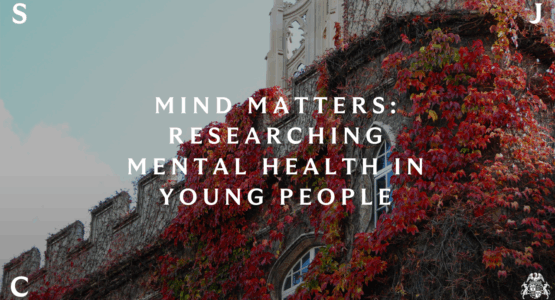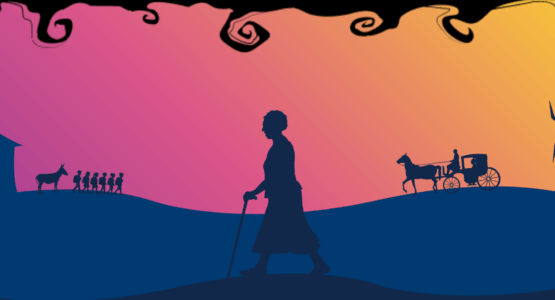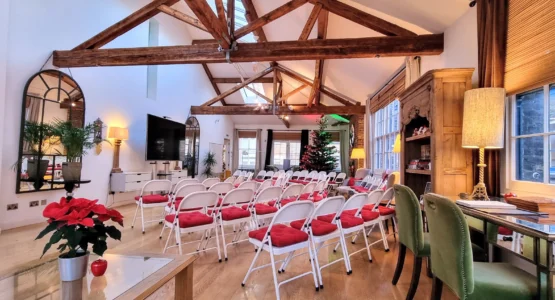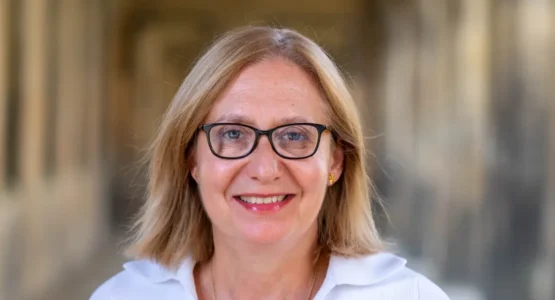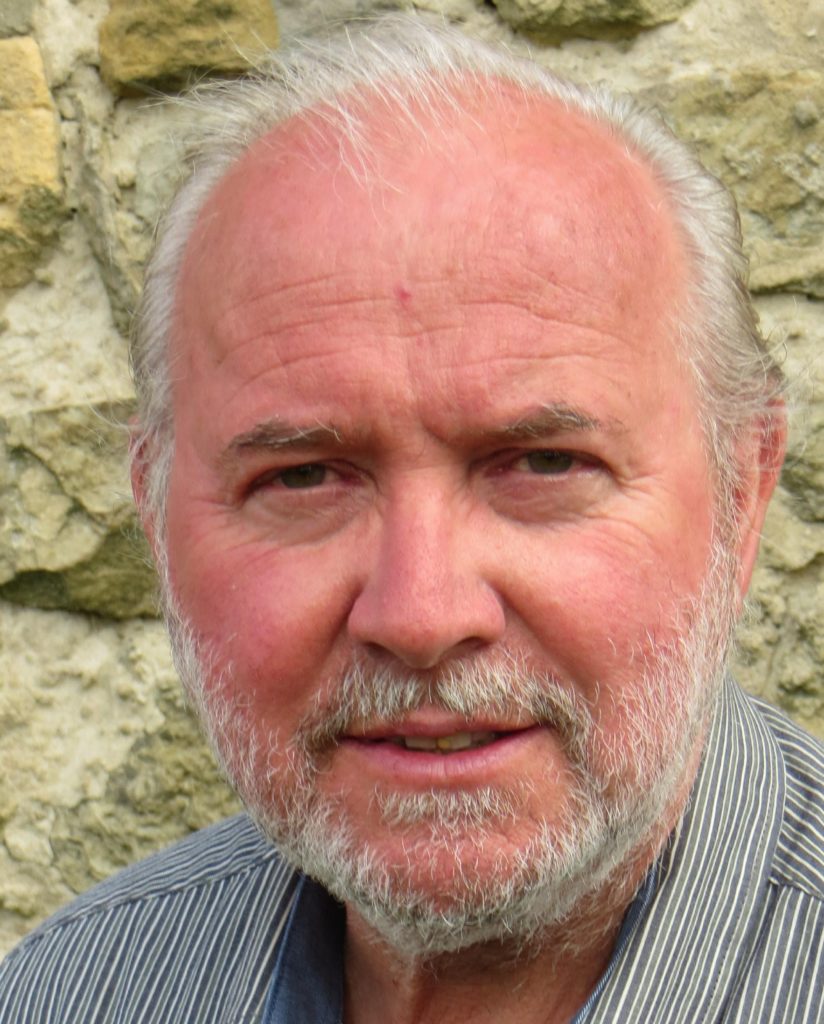
Tom Treasure has published more than 750 journal articles, a dozen books and many book chapters, mainly related to his life’s work as a prominent heart and lung surgeon. His most recent book Dr Samways Writes to the Editor is centred on the life and achievements of eminent Johnian physician Dr Daniel Samways (1882). In this blog he explains briefly why this St John’s alumnus is such an intriguing research subject.
Dr Daniel Samways wrote in The Lancet in 1898, ‘I anticipate that with the progress of cardiac surgery some of the severest cases of mitral stenosis will be relieved’. Stenosis – that is narrowing – of valves of the heart was an untreatable consequence of a bacterial infection. The history of operations for mitral stenosis have been vividly told and retold as if from eye-witness accounts, but they are often wildly inaccurate. Looking for facts rather than folklore for my book The Heart Club, which contains a full transcript of the minutes of the Peacock Club, a group of clinicians and scientists at Guy’s Hospital 1948–56, led me to Dr Samways.

The indexes of medical journals include mentions of surgery for mitral stenosis – in 1925 and 1902 – but it was hand-searching the correspondence in subsequent weeks that found Dr Samways. There were letters from eminent physicians about the folly of any notion of heart surgery, but in each case there was a letter supporting the possibility of surgery from Dr Samways. He led me yet further back in time to his paper in 1898. It was posted from Mentone, France, and I found him in the Medical Directory in the pages of Practitioners Resident Abroad. The entry listed his degrees: MA in Physics from Cambridge, DSc London, MD twice (Cambridge and Paris) and MRCP. He had published in German on neurophysiology and on cardiology in French. Over the years I found more than 100 of his publications, which provide a first-hand account of disease and medical practice of his time. He served as my guide and chronicler in a period during which science began to permeate medical teaching and practice. Notable among the leading thinkers were the eminent Michael Foster of Cambridge University and a rising star at St John’s, Donald MacAlister, who taught and mentored Dr Samways.
Locked down in France in 2020 I sat down to write the life story of Dr Samways. He was admitted to St Johns as a sizar in 1878. He graduated in 1881 with a first and a distinction in Physics and was a Wright’s prizeman. As a postgraduate in Zurich, he published brilliant experimental work, returning to Cambridge to be a University Extension Lecturer. He was elected Fellow of St John’s in 1885, and in 1888 he went to Guy’s Hospital to train as a doctor. His research on heart disease in the post-mortem room provided the material for his Cambridge MD – but it was also the likely source of his tuberculosis, which derailed his career. All that the finest physicians could offer was rest, fresh air and good feeding. He found those in Mentone and recovered his health. Deciding to avoid any more English winters he stayed on attending lectures and ward rounds in Montpelier and Paris, wrote a thesis and passed the MD examinations. He began to write his letters and articles. As a general practitioner in the health resorts of Mentone and Brides-les-Bains, and in England during the summer, he had a breadth of clinical experience. He had the qualifications for an academic career in physiology or medicine. He brought the two together in his letters, which display insatiable curiosity, clear exposition of science and willingness to challenge orthodoxy. He questioned dubious medical practice and, throughout, showed compassion for needless or avoidable suffering of the sick in his charge.
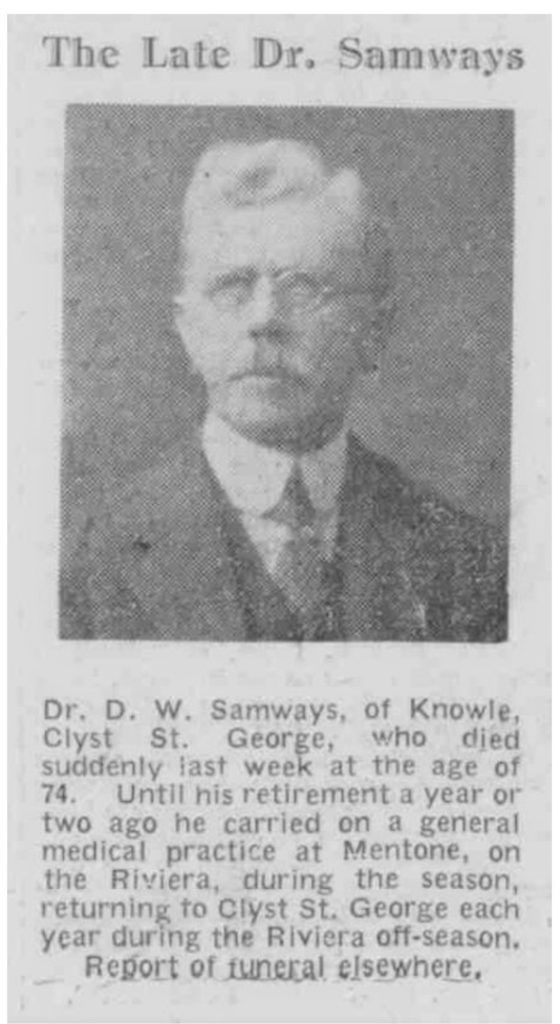
A part of his life that brought these characteristics together was his service in the 1914–18 war. Unable to travel to France he set to work in the 5th War Hospital in Exeter. He was confronted with wounded men with heavily contaminated wounds, not helped by being transported in cattle trucks. Antibiotics were unknown but Dr Samways knew the surgical principles of wound care and improved on them. Using his knowledge of physics and the technical skill shown in his research, he modified instruments and improved the methods of wound dressings. He applied science and reason to anaesthesia, of which he became a master, and in the treatment of fractures, and he reported them to the British Medical Journal (BMJ). In the BMJ on a Saturday in July 1915 Edinburgh scientists published research showing the merits of hypochlorous acid for irrigating wounds. Dr Samways went out shopping, bought the ingredients and had a gallon of it ready for use on the Monday. The Western Times were pleased to report its success in the care of war wounds a couple of weeks later.
Dr Samways Writes to the Editor has been a labour of love to record the life and written work of this exceptional physician, who was an alumnus of St John’s College and of my own alma mater, Guy’s Hospital.
Learn more about Tom’s book and read an excerpt >>
Any orders placed before September 2021 benefit from a 25% discount with the code PROMO25

